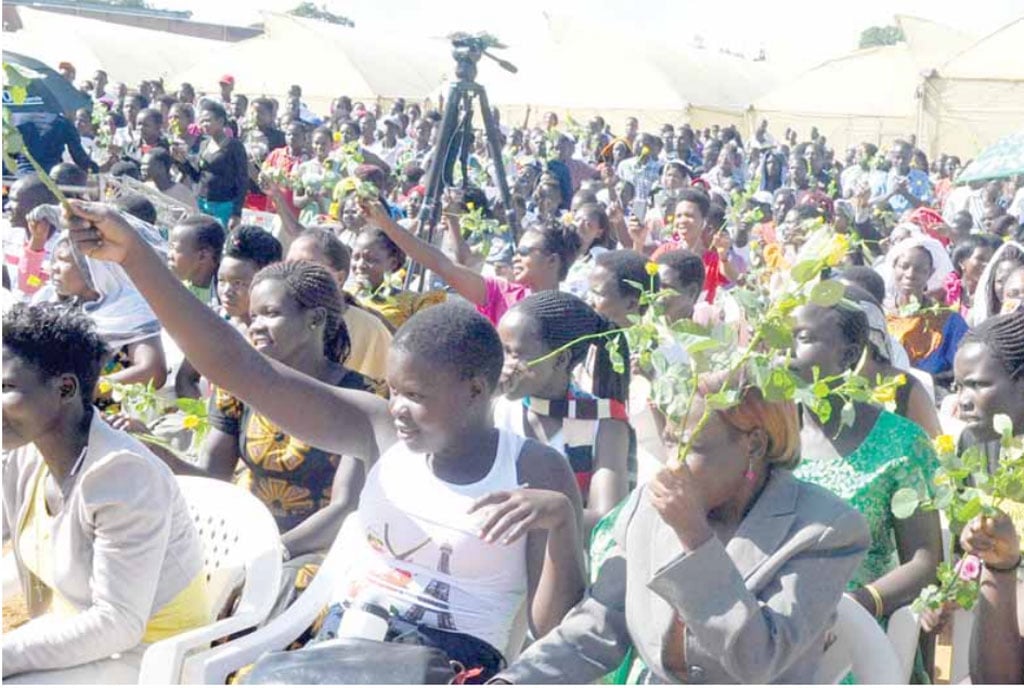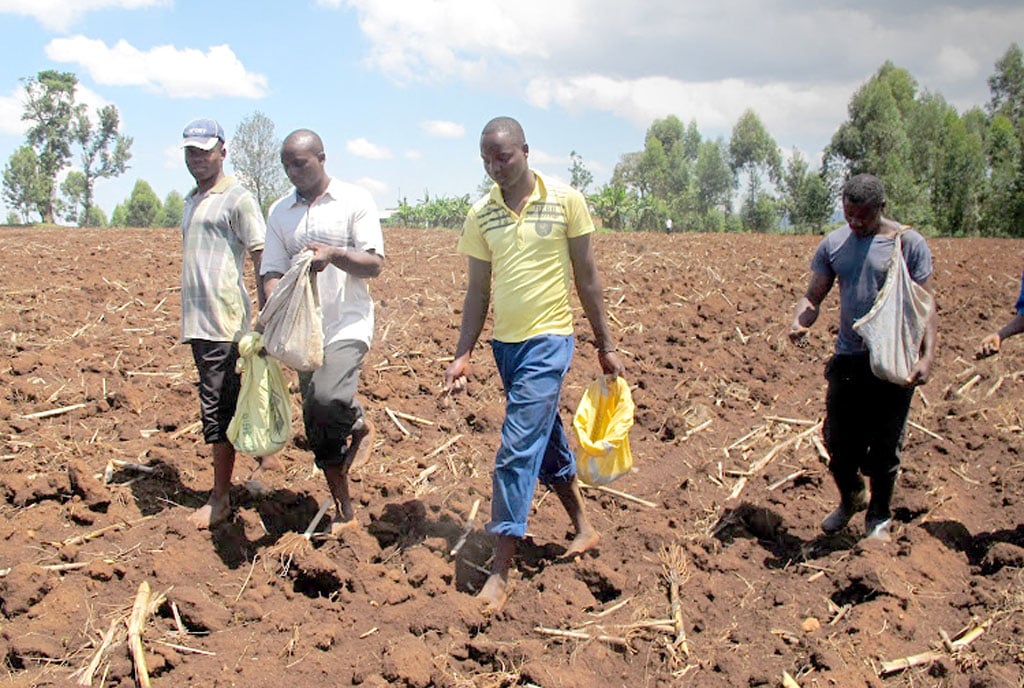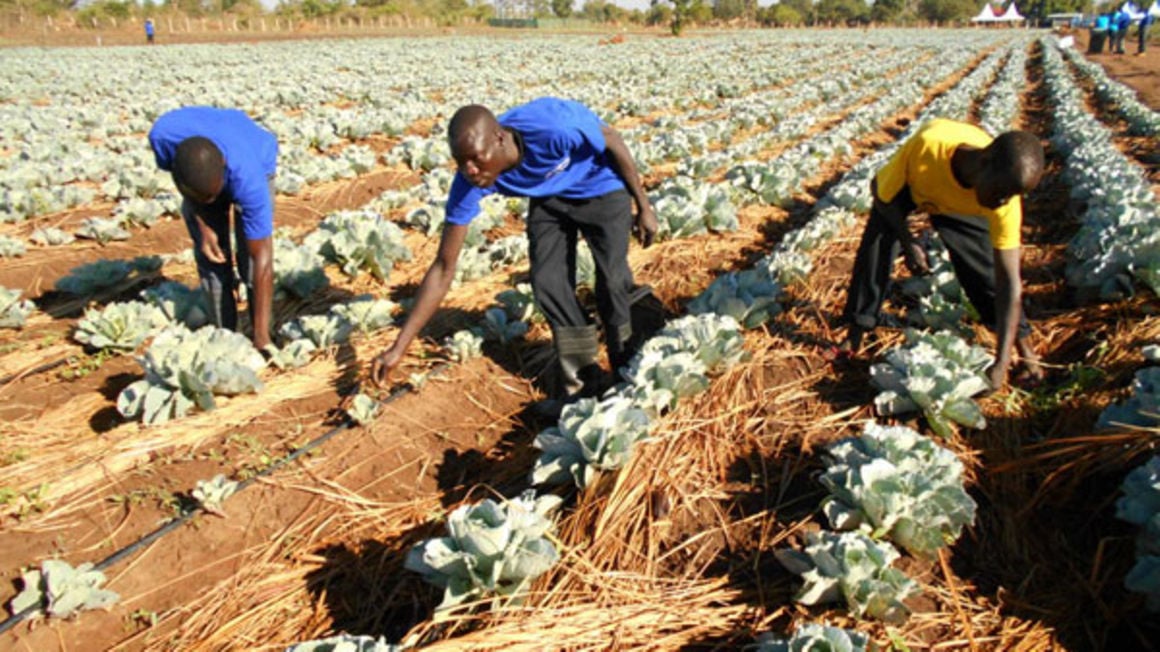Prime
Agronomy guide: Best practices for planting flowers

Flower farmers during a recent expo in Entebbe. PHOTO/GODFREY LUGAAJU
What you need to know:
- Weeds are generally controlled best through good pre-plant soil preparation.
- Using a cover crop will not only add valuable to organic matter to increase soil tilth, but many cover crops will also outcompete or suppress weeds.
Agriculture is very diverse and if the farmers in Uganda are to benefit from the various sections of farming, there is need to diversify from crops to horticulture, floriculture, aquaculture, animal husbandry, poultry keeping and other forms of farming.
Most farmers in the country are venturing into the various types of farming but not much into floriculture.
In this article, experts explain how important it is for Uganda’s small-scale farmers, particularly the youth, to adopt floriculture farming as an income-generating initiative.
In a publication, Publicist East Africa about the topic why farmers in Uganda should embrace floriculture farming, they give the details below:
Background
Experts define floriculture as the growing and marketing of flowers and foliage plant.
It encompasses flower production, processing, marketing, and distribution.
It is a major global industry in both developing and developed countries. Floriculture farming was first recorded being planted in Babylonian times with the practice of using hanging gardens in containers.
However, modern floriculture farming gradually evolved with farmers in the developed world embracing it as a business.
This later spread to Africa with corporate getting involved in floriculture farming mainly for export.
Global trade volume is estimated to be increasing every day and the main players are divided into producers in developing countries and consumers in developed countries.
Floriculture farming in Uganda
The floriculture products include cut flowers and foliage, potted plants, bedding/garden plants and propagation materials.
The floriculture sector is one of Uganda’s top 10 foreign exchange earners contributing close to $30m in export revenue.
Uganda’s flowers are grown almost exclusively for the export market, with 98 percent of production exported to the Netherlands.
Out of the total production 90 percent of the flowers are sold through auction and 10 percent are sold through direct sales mainly to flourists. The sector has grown from a single two hectares’ farm in 1992 to 20 farms covering 192.1 hectares in 2009.
As a result, the list of licensed flower growing and exporting companies in Uganda has grown enormously with acreage more than doubling.
Flower varieties
A farmer can plant many flower varieties including roses, Goblet, Dazzle, Exclusive Red and Pink, Serene, Lemon, Sea Pearl, Kalonhle, Dehinda, Pippi, Twisted Crimson, Dolly Epic and Amanlho among others.
Best practices farmers can adopt
Regardless of which flower variety a farmer chooses to grow, the best practice to adopt is the same.
Preparing a nursery bed
The experts explain that in preparation to plant, a farmer should first plough the land and make different separate gardens called nursery beds. The beds are between 45 and 65 per square metre in dimensions.
Then he/she should build a dark shade on top of the nursery gardens to prevent light and the sun from reaching the plants.
More so, the humidity in the beds has to be low because once they are exposed to light, they may flower yet they are supposed to be exported as buds. It is important to fumigate the soil against pests and diseases before planting so that the land gets sterile.
Once the soil is sterile, farmers should plant similar varieties in similar nursery beds because the seeds have different gestation periods.
During transplanting each type is planted in separate farms. Furthermore, after planting, the seeds take five to 10 weeks to germinate and grow for transplanting. The farmer can harvest the seedlings and transplant them in the already prepared land.
It may take between five to 17 weeks to mature depending on the variety. It is important to water daily for the first week to keep the soil moist.
While roses and other flowers look pretty with water droplets glistening in the sun and wet foliage does nothing good for plants.
Therefore, use a soaker hose to place the water exactly where it’s needed on the soil. In doing so, farmers reduce evaporation, conserve water and decrease the potential of disease. It is important to place the hose at the base of your plants and cover with mulch.
Mulching
Mulching is important and it helps the soil to absorb water and maintain a constant level of moisture. Farmers are advised to apply approximately three inches of organic mulch evenly throughout the farm.
Avoid placing mulch within two inches of the base of flowers and shrubs. Too much mulch against plants can encourage disease and become a home to destructive pests.
Insects
While a wide variety of insects will inhabit any flower plant, only a few are recognised as causing economic damage, including aphids and thrips.
There are wide differences in not only pests but also tolerance to specific pests.
Biological and synthetic chemical controls are available for control and pest populations can also be controlled by naturally occurring parasites and predators. Avoiding cover sprays of broad-spectrum insecticides will help maintain these populations.
Beneficial insects, such as lacewings, can also be purchased from biological control companies.
Biorational controls include horticultural oils, insecticidal soaps and plant extracts such as neem oil.
These typically have short residuals and minimal impact on benefi cial organisms. It may be necessary to use synthetic chemicals for insect control at times. Always use products labelled specifically for the use farmers intend and seek to use materials that have the lowest toxicity to bees.
Diseases
Fungal diseases can have a major impact on flower farming including cut-flower plantings. While many diseases will not kill the flowers, they can drastically reduce their marketability to grow. Powdery mildew can be a real problem in many flowers farms.
Many seedlings are susceptible to damping off and a number of leaf spot fungi can also reduce the value of certain species.
Good crop rotations, careful selection of cultivars, maintenance of optimal growing conditions and control of weeds and insects will signifi cantly reduce the incidence of diseases.
Weeds
Weeds are generally controlled best through good pre-plant soil preparation. Using a cover crop will not only add valuable to organic matter to increase soil tilth, but many cover crops will also outcompete or suppress weeds.
Cereal rye, for example, can provide significant weed control through smothering and suppression from natural herbicides produced by the rye. Other cover crops, such as hairy vetch, will add significant nitrogen to the soil and attract many beneficial insects as well.
Using a pre-mergence herbicide labelled for use in flowers is another avenue worth considering.
Only a handful of herbicides are currently labelled for flower production. In general, it is very easy to find any herbicide to control both pre- and post –emergent grasses in flowers, but the choices for broadleaf weed control are very limited because many flowers are closely related to these weed types.
Planting plugs alleviates much of this problem as well chosen pre-emergent herbicides seldom damage in well-established plants.
Harvest and post-harvest handling
Flowers are best harvested in the morning after the dew has dried but before the heat of the day because the flowers are cooler and will suffer less heat stress and better retain their quality.
Packing damp flowers close together for shipping will promote the development of moulds which will render the flowers unfit for sale.
Rapidly cool the harvested flowers or at least remove them from direct sunlight.
Many flowers benefit from the use of floral preservatives. Some flowers, such as yarrows, are best harvested as soon as pollen is evident, while sunflowers are best harvested as soon as the flower is almost completely open. It is important to know the characteristics of each flower in order to decide well which one can be harvested at which time.




